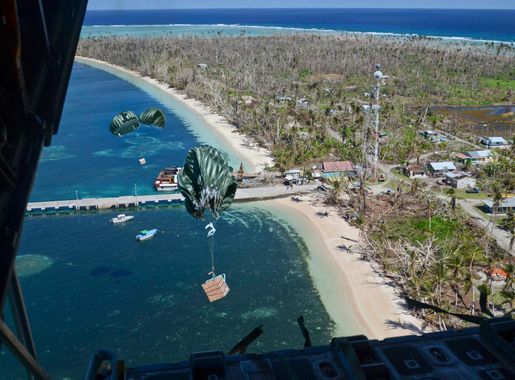
Kayangel Island: A Hidden Gem in Palau
Discover the serene beauty of Kayangel Island in Palau, where pristine beaches, crystal-clear waters, and vibrant marine life await.
Kayangel Island is a pristine paradise located in the northernmost part of Palau. This small atoll is known for its stunning white-sand beaches, crystal-clear turquoise waters, and vibrant marine life. The island is a haven for those seeking a tranquil escape from the hustle and bustle of everyday life. The beauty of Kayangel Island lies in its untouched natural environment. The island is surrounded by a vibrant coral reef, making it a fantastic spot for snorkeling and diving. Visitors can explore the underwater world and encounter a variety of colorful fish, sea turtles, and other marine creatures. The warm, inviting waters are perfect for swimming and other water activities. Aside from its water-based attractions, Kayangel Island offers opportunities for relaxation and exploration. Take a leisurely stroll along the beach, enjoy a picnic under the shade of coconut trees, or simply revel in the serene atmosphere. The island is also home to a small, welcoming community that offers a glimpse into the traditional Palauan way of life.
Local tips in Kayangel Island
- Bring snorkeling gear to fully enjoy the vibrant coral reefs surrounding the island.
- Pack insect repellent as mosquitoes can be present, especially during the evening.
- Carry enough cash as there are no ATMs or banks on the island.
- Arrange transportation in advance as access to the island is limited and usually requires a boat ride.
- Respect the local community and their customs; always ask for permission before taking photographs of residents.
Kayangel Island: A Hidden Gem in Palau
Kayangel Island is a pristine paradise located in the northernmost part of Palau. This small atoll is known for its stunning white-sand beaches, crystal-clear turquoise waters, and vibrant marine life. The island is a haven for those seeking a tranquil escape from the hustle and bustle of everyday life. The beauty of Kayangel Island lies in its untouched natural environment. The island is surrounded by a vibrant coral reef, making it a fantastic spot for snorkeling and diving. Visitors can explore the underwater world and encounter a variety of colorful fish, sea turtles, and other marine creatures. The warm, inviting waters are perfect for swimming and other water activities. Aside from its water-based attractions, Kayangel Island offers opportunities for relaxation and exploration. Take a leisurely stroll along the beach, enjoy a picnic under the shade of coconut trees, or simply revel in the serene atmosphere. The island is also home to a small, welcoming community that offers a glimpse into the traditional Palauan way of life.
When is the best time to go to Kayangel Island?
Unmissable attractions to see
Belau National Museum
Discover the rich heritage of Palau at the Belau National Museum, where history and culture come alive in the heart of Koror.
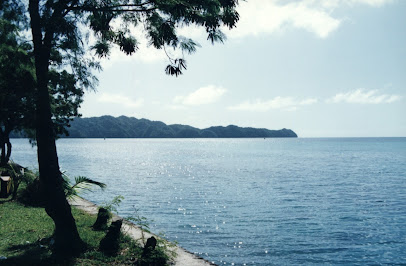
Ngatpang Tabecheding Waterfall
Experience the breathtaking beauty of Ngatpang Tabecheding Waterfall, a must-visit natural wonder in Palau's lush landscape.
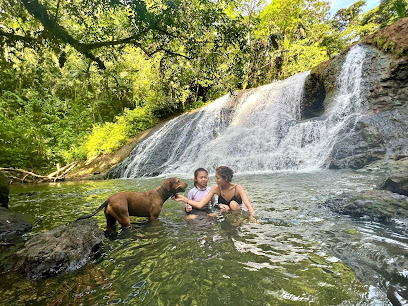
MESEKELAT WATERFALLS
Experience the enchanting beauty of Mesekelat Waterfalls in Ngchesar, Palau – a must-visit nature escape for every traveler.
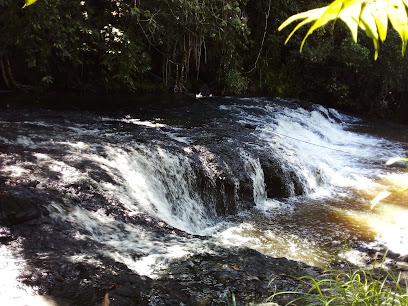
エビールチャネル
Ebiil Channel Nature Preserve: A serene escape into Palau's stunning landscapes and vibrant marine life, perfect for nature lovers and adventure seekers.
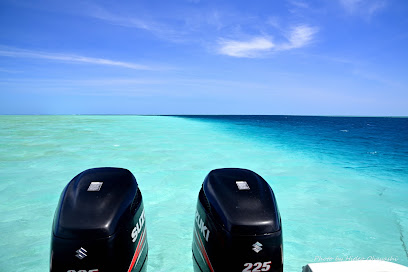
Sunset View Hut
Discover the serene beauty of Sunset View Hut in Meyungs, Palau, where stunning sunsets and tranquil ocean views await every traveler.
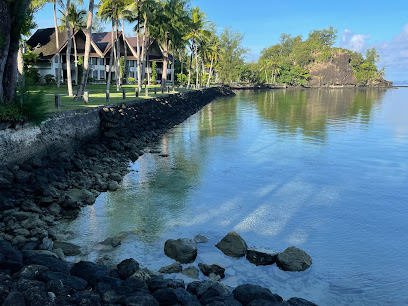
Port of Kayangel
Explore the serene and stunning Port of Kayangel, a gateway to Palau's natural wonders and rich cultural heritage.
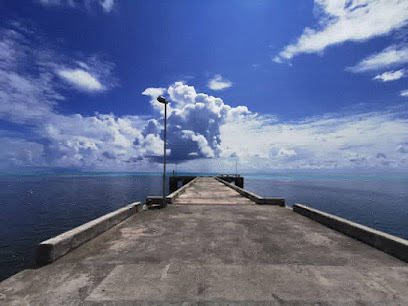
Main street
Experience the vibrant culture, delicious cuisine, and stunning landscapes of Main Street in Kayangel, Palau – a true island gem.
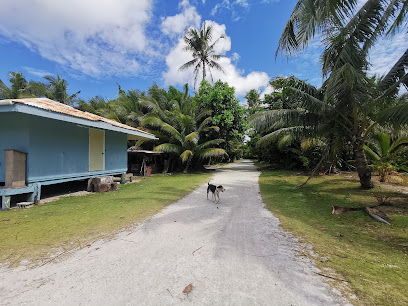
Juvy’s Hideout
Explore the serene beauty and cultural richness of Juvy’s Hideout in Koror, Palau - a tranquil retreat for every traveler.
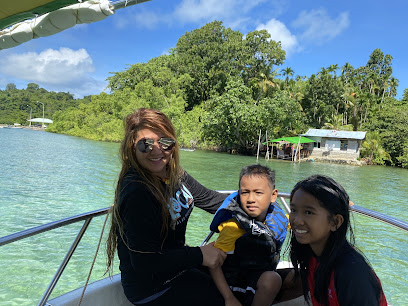
Nikko bay
Explore the breathtaking Nikko Bay in Koror, Palau, where crystal-clear waters and vibrant marine life create an unforgettable tropical paradise.

Ngesang Beach
Experience the tranquil allure of Ngesang Beach, a hidden paradise in Palau offering stunning natural beauty and adventure in serene surroundings.

Secret Lagoon
Explore the breathtaking beauty of Secret Lagoon in Palau, a hidden paradise perfect for swimming, snorkeling, and relaxation.
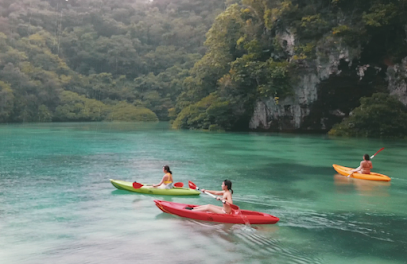
A Beach
Discover A Beach in Kayangel, Palau: a serene paradise with stunning views, vibrant marine life, and perfect tranquility for your tropical getaway.

アイメリークの港
Explore the pristine beauty of Aimeliik's Cove, a tropical paradise in Palau that offers stunning landscapes, vibrant marine life, and unforgettable experiences.
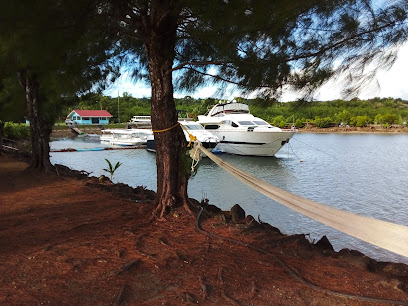
Splash Palau
Experience the breathtaking beauty and adventure of Splash Palau, a top tourist attraction in the stunning Palau archipelago, perfect for nature lovers and thrill-seekers.

Essential places to dine
Drop Off Bar and Grill
Discover delectable cuisine and vibrant ambiance at Drop Off Bar and Grill in Koror, Palau—your culinary gateway to island flavors.
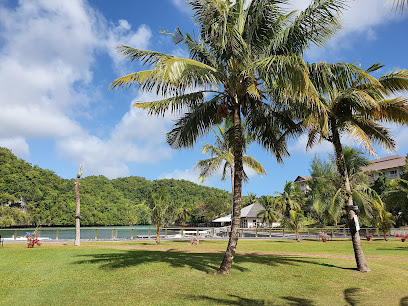
Elilai Seaside Dining
Experience exquisite fine dining with breathtaking ocean views at Elilai Seaside Dining in Koror, Palau.
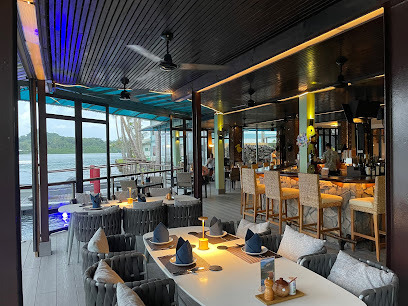
The Canoe House
Experience the vibrant culinary scene at The Canoe House in Palau – where delicious food meets lively entertainment.
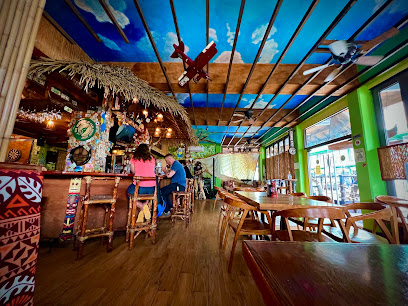
Rock Island Cafe
Experience delightful dining at Rock Island Cafe in Koror - where local flavors meet international cuisine in a charming setting.
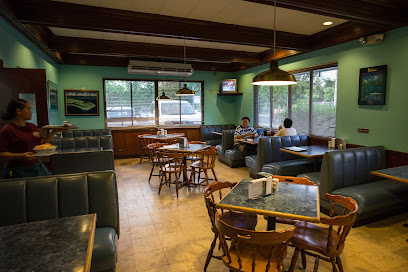
Carp Restaurant
Discover Carp Restaurant: A Culinary Gem in Koror, Palau Offering Fresh Seafood and Local Delicacies.
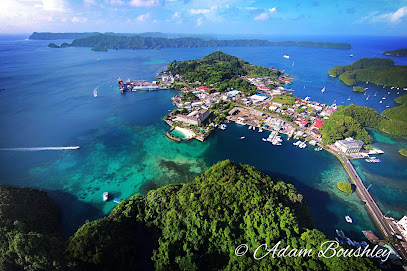
7 Eat Restaurant
Experience authentic Palauan seafood at 7 Eat Restaurant in Koror – where fresh flavors meet stunning views.

Okemii Deli & Internet Cafe
Discover local flavors at Okemii Deli & Internet Cafe in Koror, Palau - where delicious meals meet a cozy atmosphere.
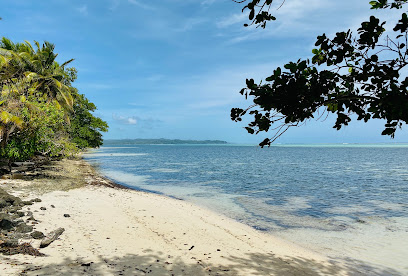
MJ Restaurant
Discover the flavors of Palau at MJ Restaurant, where local ingredients meet friendly service in a cozy diner atmosphere.
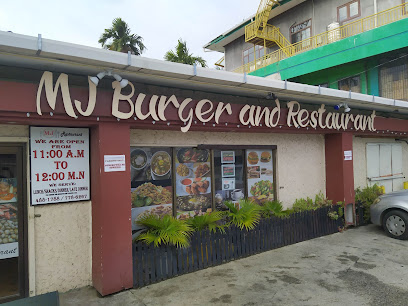
Krämer’s Bar and Restaurant
Discover exquisite flavors at Krämer’s Bar and Restaurant in Koror - renowned for its authentic schnitzel amidst a warm island ambiance.
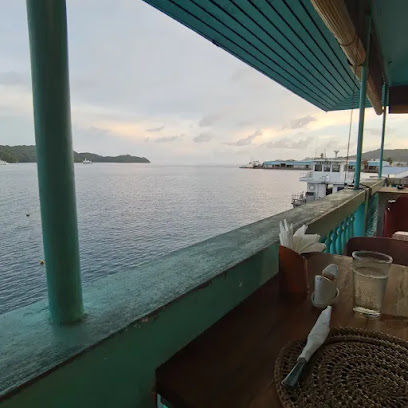
Barracuda Restaurant
Experience authentic Palauan cuisine at Barracuda Restaurant in Koror – where fresh seafood meets tropical vibes.
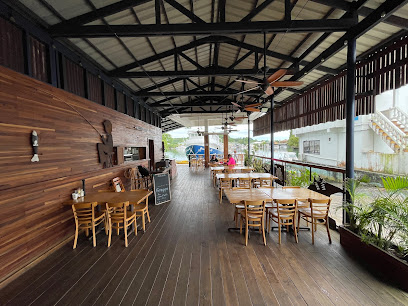
Hungry Marlin Restaurant & Bar at COVE Resort Palau
Experience exquisite seafood and tropical flavors at Hungry Marlin Restaurant & Bar in COVE Resort Palau - a must-visit dining destination.
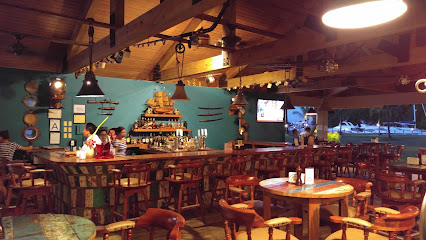
Shawarma Corner
Experience authentic Middle Eastern flavors at Shawarma Corner in Airai, Palau – a culinary delight for every traveler.
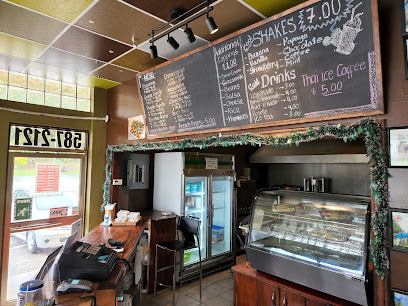
Yokohama Inn Restaurant
Experience authentic Palauan flavors at Yokohama Inn Restaurant – Koror's oldest culinary gem offering a taste of tradition.
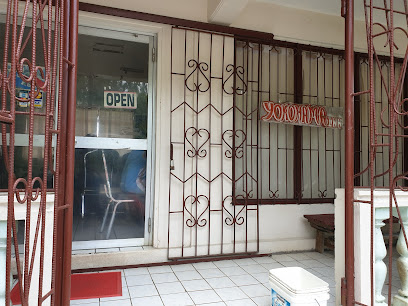
Ollei Jive Café
Experience the unique flavors of Palau at Ollei Jive Café—a charming spot where local cuisine meets stunning scenery.
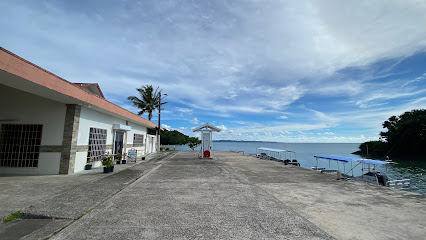
Longshoremen's Inn Restaurant
Experience authentic Palauan cuisine with stunning ocean views at Longshoremen's Inn Restaurant on Malakal Island.
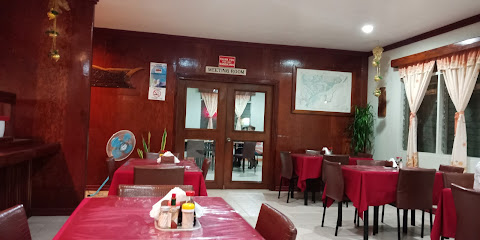
Markets, malls and hidden boutiques
Surangel and Sons Co. - Koror
Experience the vibrant shopping scene at Surangel and Sons Co. in Koror, where local culture and modern retail converge.
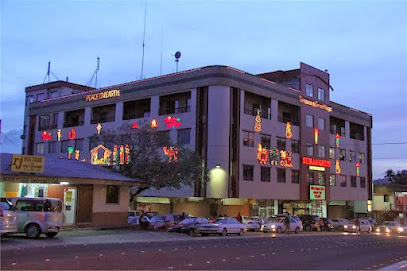
Rur Gift Shop & Cafe
Explore the vibrant culture of Palau with unique souvenirs and delightful café treats at Rur Gift Shop & Cafe in Koror.
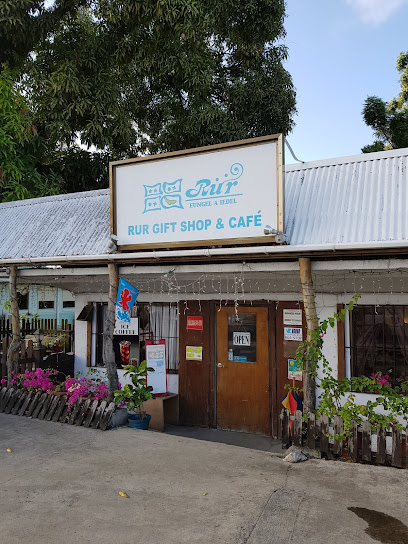
Ben Franklin Department Store
Explore the vibrant Ben Franklin Department Store in Koror, Palau – your one-stop shop for unique local crafts and everyday essentials.
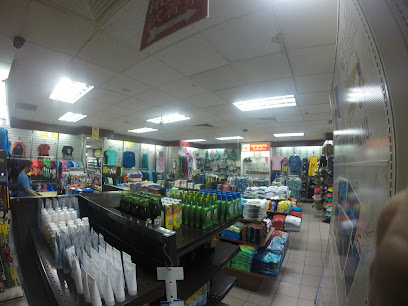
EXILE
Discover the heart of Palauan fashion at EXILE, where contemporary style meets island charm for an unforgettable shopping experience.
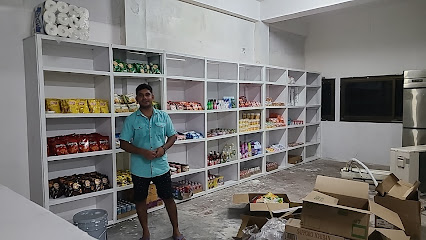
Amel Store
Discover the flavors of Palau at Amel Store, your one-stop grocery destination for local delicacies and essential supplies.
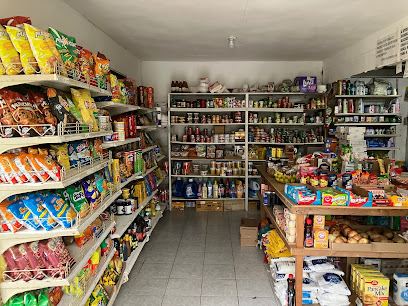
Globus Palau
Explore Globus Palau, a charming home goods store in Koror, offering unique local products and essentials for your tropical getaway.
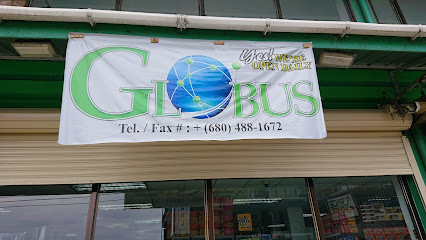
Lius Gift Shop
Discover unique souvenirs, delicious cookies, and local treasures at Lius Gift Shop in Koror, Palau, a must-visit for every traveler.
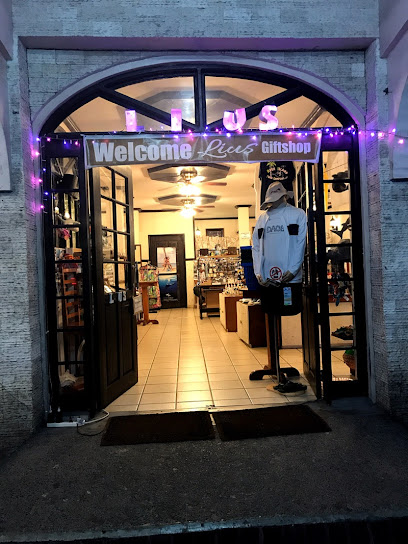
Palau Central Trading Co.
Explore Palau Central Trading Co. for unique gifts, local art, and gourmet delights in the heart of Koror, enhancing your travel experience.
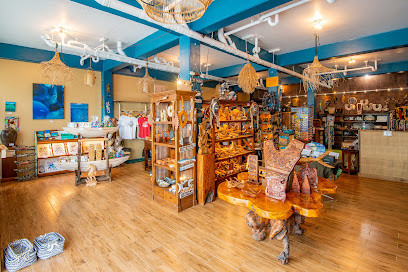
Capital Seaside Store
Discover unique local crafts and souvenirs at the Capital Seaside Store, a vibrant shopping destination in Melekeok, Palau, with stunning ocean views.
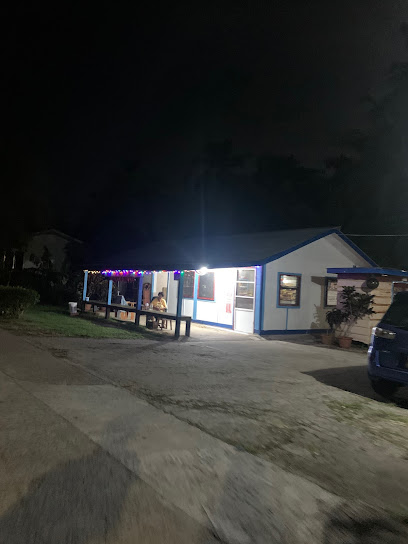
Jello's Fashion II
Discover Jello's Fashion II in Koror – your go-to convenience store for snacks, drinks, and clothing at great prices.

TSA Paradise Store
Explore TSA Paradise Store in Ngarchelong, Palau for essential supplies and local treats to enhance your travel experience.

Hanpa Mart
Experience the vibrant tastes of Korea at Hanpa Mart, a must-visit grocery store in Koror, Palau for authentic Korean culinary delights.
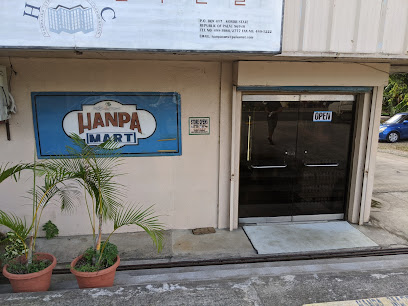
D.A store
Discover local flavors and essentials at D.A Store, your go-to grocery in Meyungs, Koror, Palau, for a taste of island life.
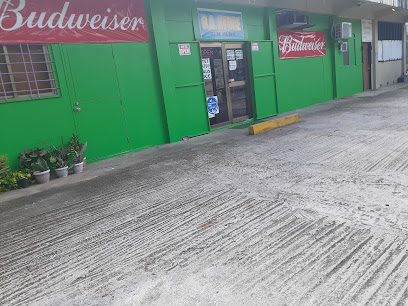
Dody’s Market
Explore Dody’s Market in Koror for unique Palauan handicrafts and souvenirs that encapsulate the beauty of local artistry.
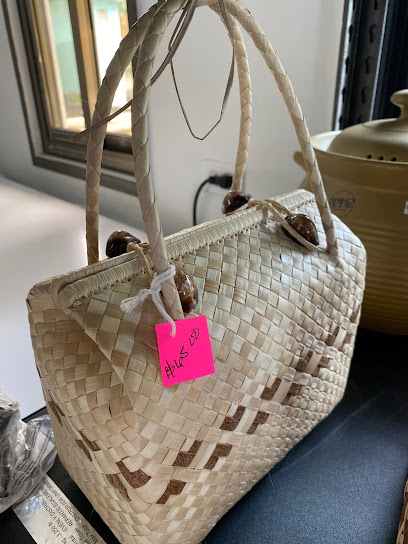
JMC One Stop Shop
Explore local fashion at JMC One Stop Shop in Koror, Palau – a treasure trove of clothing and accessories reflecting the island's vibrant culture.

Essential bars & hidden hideouts
Drop Off Bar and Grill
Experience the vibrant flavors and breathtaking ocean views at Drop Off Bar and Grill in Koror, Palau, a must-visit culinary gem for every traveler.
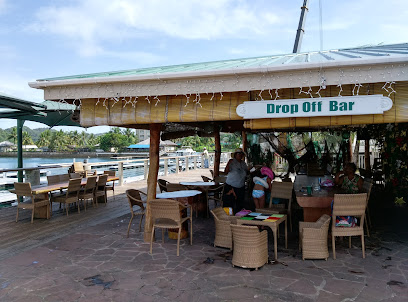
The Canoe House
Experience the lively atmosphere and diverse menu at The Canoe House, the go-to spot for dining and entertainment in Koror, Palau.
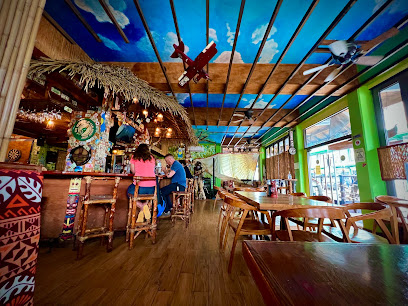
Rock Island Cafe
Discover the culinary delights of Palau at Rock Island Cafe, where local flavors meet international cuisine in a vibrant atmosphere.
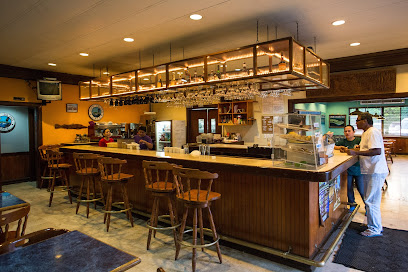
Red Rooster Cafe
Experience the flavors of Palau at Red Rooster Cafe, where fresh ingredients meet a warm, inviting atmosphere in the heart of Koror.
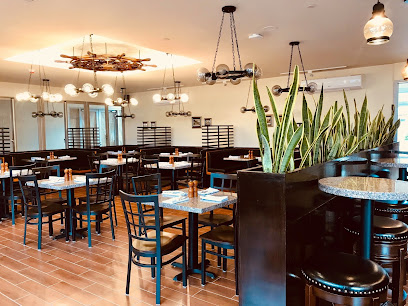
Krämer’s Bar and Restaurant
Discover the culinary delights of Palau at Krämer’s Bar and Restaurant, where local flavors meet global cuisine in a stunning setting.
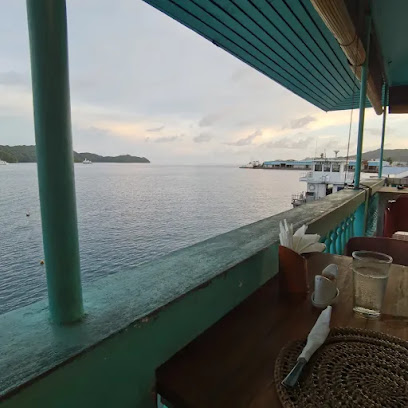
Riptide Beach Bar & Grill
Experience the Best of Island Dining at Riptide Beach Bar & Grill with Stunning Views and Delicious Cuisine in Koror, Palau.
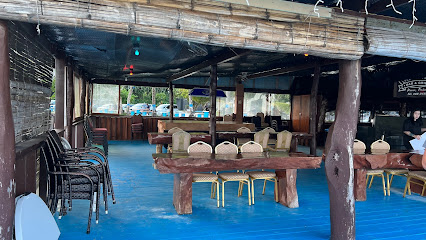
Barracuda Restaurant
Discover the culinary delights of Barracuda Restaurant in Koror, Palau, where fresh seafood meets stunning views and vibrant atmosphere.
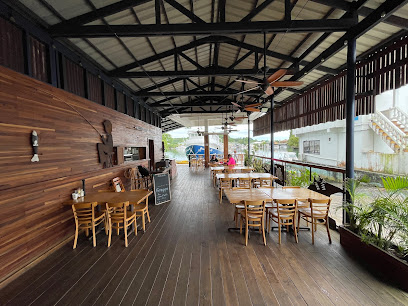
Hungry Marlin Restaurant & Bar at COVE Resort Palau
Experience the best of Palau's cuisine at Hungry Marlin Restaurant & Bar, where fresh seafood meets breathtaking views.
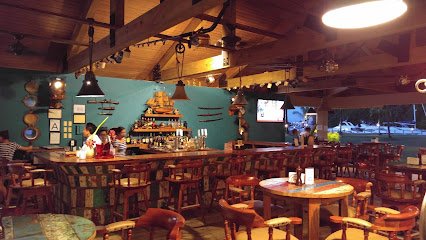
The Salad Bar
Discover nutritious delights at The Salad Bar in Koror, Palau - where health meets flavor in a vibrant atmosphere.
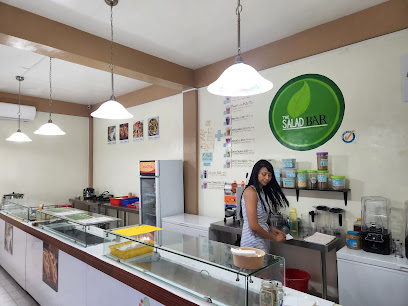
Ollei Jive Café
Explore the culinary delights of Ollei Jive Café in Babeldaob, Palau, where fresh ingredients meet a warm, inviting atmosphere.
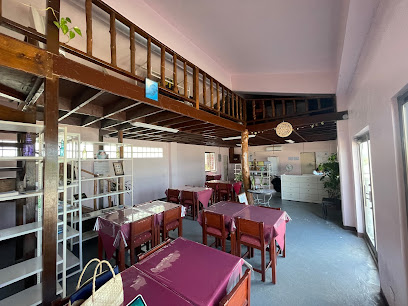
Executive Lounge
Experience the exquisite flavors of Palau at the Executive Lounge in Koror, where luxury meets local cuisine in a breathtaking setting.
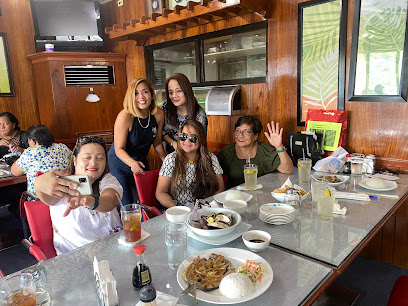
Bottom Time Bar and Grill
Experience the best of Palau’s culinary delights at Bottom Time Bar and Grill, offering fresh flavors and stunning island views.
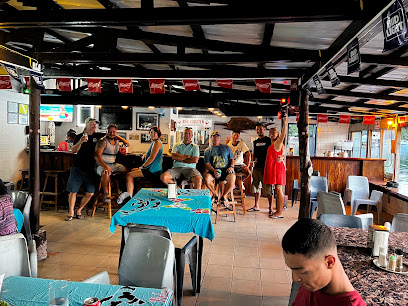
Jungle Bar
Discover the vibrant atmosphere of Jungle Bar in Koror, Palau, where tropical vibes meet exquisite drinks and delicious cuisine.
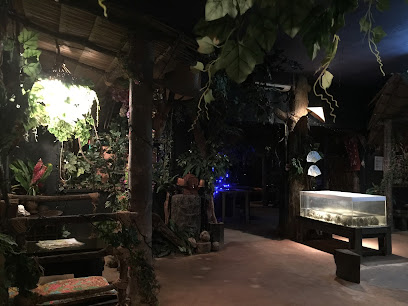
Weltz Bar at the Palasia Hotel
Discover the vibrant atmosphere and exquisite cocktails at Weltz Bar in the luxurious Palasia Hotel, a must-visit for tourists in Koror, Palau.
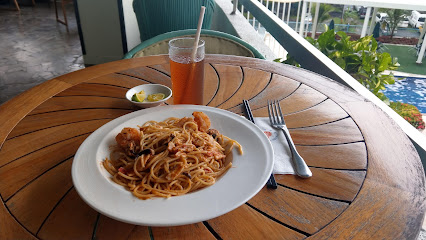
Club Gorgeous
Discover the lively nightlife of Palau at Club Gorgeous, a top bar in Koror offering exceptional cocktails, music, and a vibrant atmosphere.
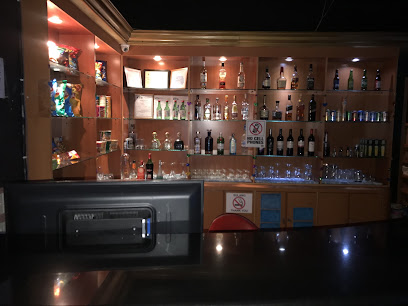
Local Phrases about Kayangel Island
-
- HelloAlii
[ah-lee] - GoodbyeKolii
[koh-lee] - YesEa
[eh-ah] - NoChenga
[chen-gah] - Please/You're welcomeNgak el diak
[ngahk ehl dee-ahk] - Thank youKom kmal mesaul
[kohm k'mahl meh-sow-ool] - Excuse me/SorryKmal meral diak
[k'mahl meh-rahl dee-ahk] - How are you?Kemam a kmal mesaul?
[keh-mahm ah k'mahl meh-sow-ool] - Fine. And you?A kmal meral diak. A rengalek?
[ah k'mahl meh-rahl dee-ahk. ah rehn-gah-lehk] - Do you speak English?Meral diak el kora melekoi?
[meh-rahl dee-ahk ehl koh-rah meh-leh-koy] - I don't understandAk kmal meral diak
[ahk k'mahl meh-rahl dee-ahk]
- HelloAlii
-
- I'd like to see the menu, pleaseNgak a kmal melai er ngii, diak
[ngahk ah k'mahl meh-lai ehr ngee, dee-ahk] - I don't eat meatAk diak menges a klou a rengalek
[ahk dee-ahk mehng-ehs ah kloh ah rehn-gah-lehk] - Cheers!Komdol
[kohm-dohl] - I would like to pay, pleaseNgak a kmal menguiu er ngii, diak
[ngahk ah k'mahl mehng-wee-oo ehr ngee, dee-ahk]
- I'd like to see the menu, pleaseNgak a kmal melai er ngii, diak
-
- Help!Chelor
[cheh-lohr] - Go away!Mla mo diak
[mah moh dee-ahk] - Call the Police!Meral el chad er a rrurt
[meh-rahl ehl chahd ehr ah rroh-rooht] - Call a doctor!Meral er a meduch
[meh-rahl ehr ah meh-dooch] - I'm lostAk kmal diak lekang
[ahk k'mahl dee-ahk leh-kahng] - I'm illAk kmal klou a medak
[ahk k'mahl kloh ah meh-dahk]
- Help!Chelor
-
- I'd like to buy...Ngak a kmal menguiu...
[ngahk ah k'mahl mehng-wee-oo] - I'm just lookingNgak mekekerei
[ngahk meh-keh-keh-ray] - How much is it?Chad ra kmal?
[chahd rah k'mahl] - That's too expensiveAk kmal menga lsoang
[ahk k'mahl mehng-ah loh-ahng] - Can you lower the price?Meral diak el kilie er a chad?
[meh-rahl dee-ahk ehl kee-lee ehr ah chahd]
- I'd like to buy...Ngak a kmal menguiu...
-
- What time is it?Kemam el chad?
[keh-mahm ehl chahd] - It's one o'clockA kluk e chad
[ah klook eh chahd] - Half past (10)E kieou e chad (10)
[eh kee-eh-oh eh chahd (10)] - MorningMeral diak
[meh-rahl dee-ahk] - AfternoonMeral a kluk
[meh-rahl ah klook] - EveningMeral diak a mla
[meh-rahl dee-ahk ah mah-lah] - YesterdayMei ma
[may mah] - TodayA diak
[ah dee-ahk] - TomorrowA kluk
[ah klook] - 1Chad
[chahd] - 2Koum
[koh-oom] - 3Telu
[teh-loo] - 4Epat
[eh-paht] - 5Lima
[lee-mah] - 6Ono
[oh-noh] - 7Hitu
[hee-too] - 8Walu
[wah-loo] - 9Sia
[see-ah] - 10Angir
[ahng-eer]
- What time is it?Kemam el chad?
-
- Where's a/the...?Me ng diak a/the...?
[meh ng dee-ahk ah/the...] - What's the address?Me ngara chad?
[meh ngah-rah chahd] - Can you show me (on the map)?Meral diak el kmo er a kluk?
[meh-rahl dee-ahk ehl k'moh ehr ah klook] - When's the next (bus)?A kluk el kora (bus)?
[ah klook ehl koh-rah (boos)] - A ticket (to ....)A tiket (er ...)
[ah tee-keht (ehr ...)]
- Where's a/the...?Me ng diak a/the...?
History of Kayangel Island
-
Kayangel Island, located at the northernmost point of Palau, has a rich history of human settlement dating back thousands of years. Archaeological evidence suggests that the early inhabitants were Austronesian-speaking peoples who arrived around 1000 BCE. These early settlers developed a complex society, engaging in fishing, agriculture, and trade with neighboring islands. Remnants of ancient stone structures and pottery provide a glimpse into their sophisticated way of life.
-
In the 16th century, Spanish explorers were the first Europeans to arrive in Palau, including Kayangel Island. The island came under Spanish influence in 1710 when it was formally claimed as part of the Spanish East Indies. However, Spanish control was minimal, primarily limited to sporadic missionary activities and occasional visits by Spanish ships. Despite this, the influence of Spanish culture and language left a lasting impact on the island's traditions and social structures.
-
Following the Spanish-American War, Spain sold Palau, including Kayangel Island, to Germany in 1899. Under German administration, the island saw various economic and infrastructural developments. The Germans introduced copra (dried coconut kernel) production as a major industry, which significantly altered the island's economy. German colonial policies also impacted the social and political life of the islanders, introducing new systems of governance and education.
-
In 1914, during World War I, Japan seized control of Palau, including Kayangel Island, from Germany. The Japanese administration brought significant changes, developing infrastructure such as roads, schools, and medical facilities. The island became part of the Japanese Empire's South Seas Mandate under the League of Nations. The Japanese period also saw increased immigration from Japan, leading to a blend of cultures and some tension between the indigenous population and the new settlers.
-
Kayangel Island, like the rest of Palau, experienced the turmoil of World War II. The island was strategically important, and the Japanese military fortified it against Allied attacks. While Kayangel did not see major battles like some other parts of Palau, the war left a profound impact on its inhabitants. After Japan's defeat, Palau came under U.S. administration as part of the Trust Territory of the Pacific Islands. The post-war period saw efforts to rebuild and modernize the island's infrastructure and economy.
-
The path to independence for Palau was a gradual process, and Kayangel Island played its part in this journey. In 1981, Palau adopted its own constitution, and in 1994, it became a sovereign nation after signing a Compact of Free Association with the United States. This agreement provided Palau with financial aid and defense guarantees while allowing it to maintain its independence. Since then, Kayangel Island has been part of the Republic of Palau, contributing to its cultural and economic development.
-
Despite the various waves of colonization and external influence, Kayangel Island has managed to preserve its unique cultural heritage. The island is known for its traditional Palauan customs, including intricate wood carving, weaving, and dance. The local community continues to practice time-honored rituals and ceremonies, such as the 'omengat' (first birth ceremony) and 'cheldecheduch' (house building ceremony). These traditions are a testament to the resilience and enduring spirit of the island's people.
Kayangel Island Essentials
-
Kayangel Island is located in the northernmost state of Palau. The primary point of entry to Palau is Roman Tmetuchl International Airport in Koror. From Koror, you can reach Kayangel by taking a boat, which is the most common method of transportation to the island. There are regular boat services, but it is advisable to check the schedule in advance and make reservations if possible.
-
Once on Kayangel Island, getting around is straightforward as the island is small and can be explored on foot or by bicycle. There are no car rentals available on the island, but some accommodations may offer bicycles for rent. For longer journeys or specific tours, you can arrange boat trips through local operators.
-
The official currency in Palau is the United States Dollar (USD). Credit cards may not be widely accepted on Kayangel Island, so it is advisable to carry sufficient cash. There are no ATMs on the island, so ensure you withdraw enough money before leaving Koror. Some accommodations and tour operators may accept electronic payments, but cash is generally preferred.
-
Kayangel Island is generally very safe for tourists. Crime rates are low, and the local community is welcoming. However, it's always wise to take standard precautions such as not leaving valuables unattended and being mindful of your surroundings. There are no specific high-crime areas targeting tourists.
-
In case of emergency, contact the local authorities or your accommodation provider for assistance. The island has basic medical facilities, but for serious medical emergencies, you may need to be transported to Koror. It is highly recommended to have travel insurance that covers medical emergencies. The emergency contact number in Palau is 911.
-
Fashion: Do dress modestly, especially when visiting local communities or partaking in cultural activities. Avoid wearing overly revealing clothing. Religion: Do respect local customs and traditions. Public Transport: As there is no public transport on the island, plan your movements accordingly. Greetings: Do greet locals with a friendly 'Alii,' which is the Palauan word for hello. Eating & Drinking: Do try local dishes and accept food offerings graciously. Don’t refuse hospitality, as it is considered impolite.
-
To experience Kayangel Island like a local, engage with the community and participate in traditional activities such as fishing or weaving. Visit the local markets to buy fresh produce and locally made crafts. Respect the natural environment by not disturbing wildlife and disposing of waste properly. Don't miss the opportunity to snorkel or dive in the pristine waters surrounding the island, which are home to vibrant marine life.
Nearby Cities to Kayangel Island
-
Things To Do in Ngardmau
-
Things To Do in Melekeok
-
Things To Do in Ngaremlengui
-
Things To Do in Ngerulmud
-
Things To Do in Ngatpang
-
Things To Do in Ngchesar
-
Things To Do in Airai
-
Things To Do in Koror
-
Things To Do in Koror Town
-
Things To Do in Yap
-
Things To Do in Siargao
-
Things To Do in Davao City
-
Things To Do in Camiguin
-
Things To Do in Cagayan de Oro
-
Things To Do in Bohol


